The rapid development of technology has led to thermal imaging being used in more and more in all spheres of life and it is already impossible to imagine many directions of human activity where one can effectively do without thermal.
The following fields can be related to the most important applications of thermal imaging:
Border Patrol
Stationary and portable thermal imaging units are used for detecting evidence of border trespassing, searching and detaining violators in the night and day.
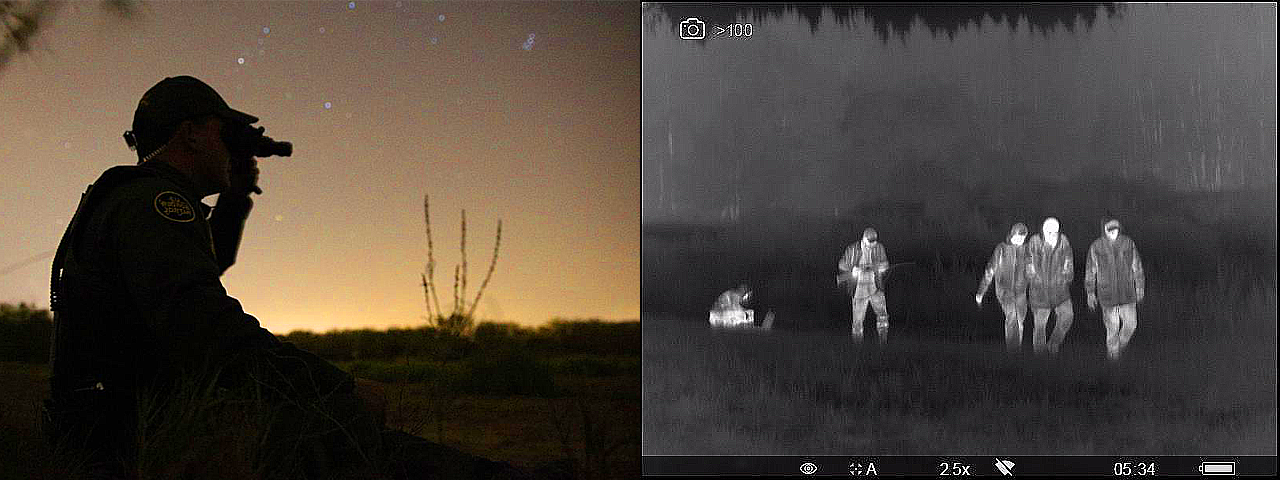
Search and Rescue Operations
Lifeguards and rescue teams use thermal imaging units to search for the injured during catastrophic events. Frequently thermal imagers are used in search and rescue operations when the search has to be conducted in the nighttime. Thanks to the ability of thermal imagers “to see” through the smoke they are also widely used for searching and orienting in conditions of dense smoke.
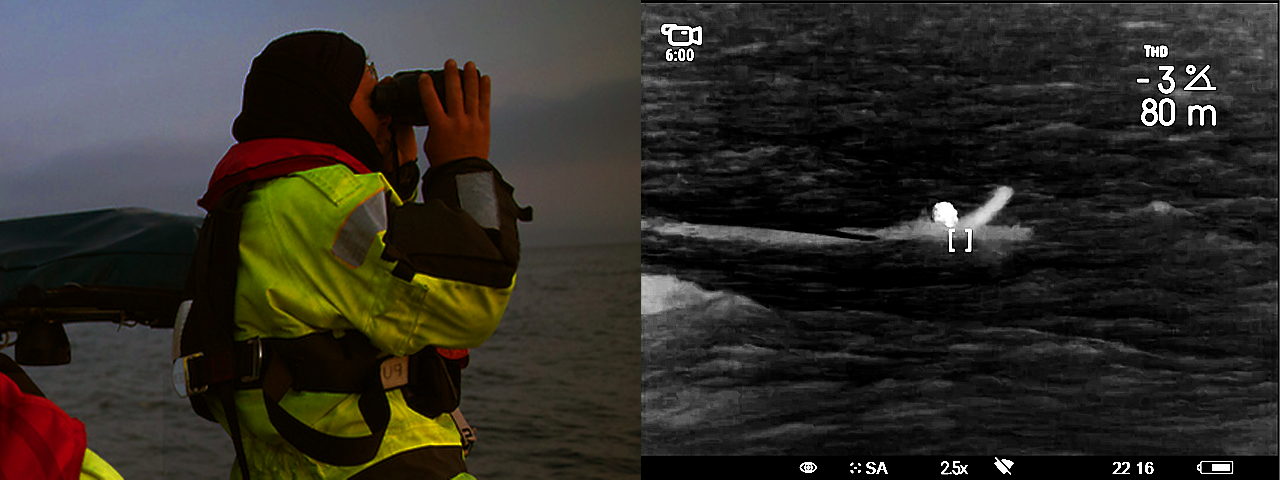
Security and Law Enforcement
Thermal imaging cameras help to detect criminals in pitch black conditions, without drawing attention and do not require additional lighting, winning valuable time before the law enforcement team arrives.
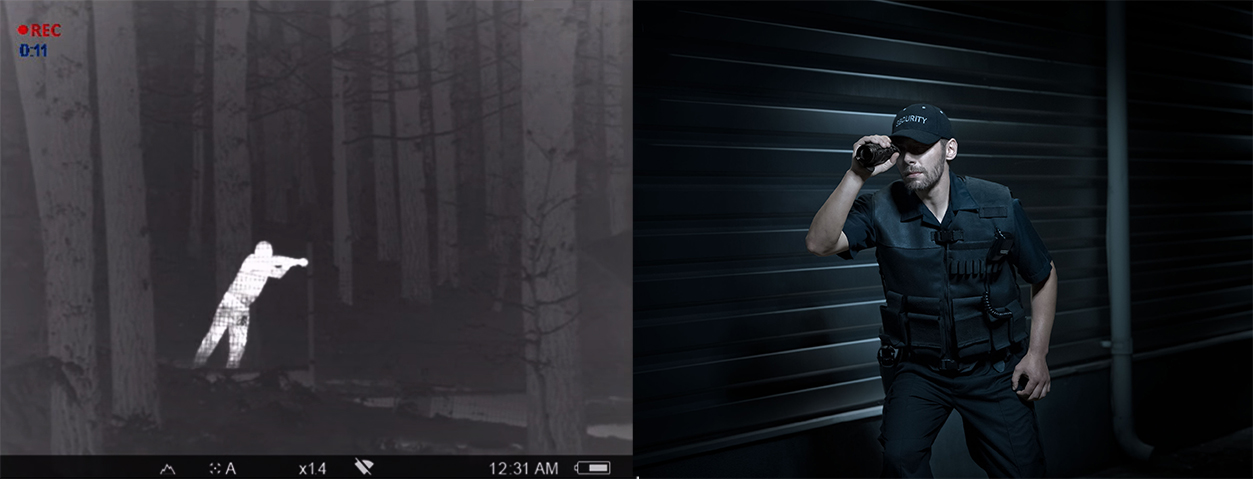
Non-contact Testing
Thermal imaging is one method of non-contact control where the parameters and quality of products can be evaluated without direct physical contact.
Thermal imagers are most often used in industrial applications, where physical contact may lead to injury, death or equipment being damage.
For instance, electrical grid and equipment control, uses thermal cameras to check the temperature of electric components, which if damaged start to emit a lot of heat and become clearly visible with a thermal imaging camera. Fluids level control in large enclosed volumes (tanks, cisterns) can be performed without looking in the tank. The liquid and gas have different heat conductivity parameters and therefore the level of liquid inside the tank is visible and is easily distinguishable from empty volume when looked at with a thermal imager from the outside.
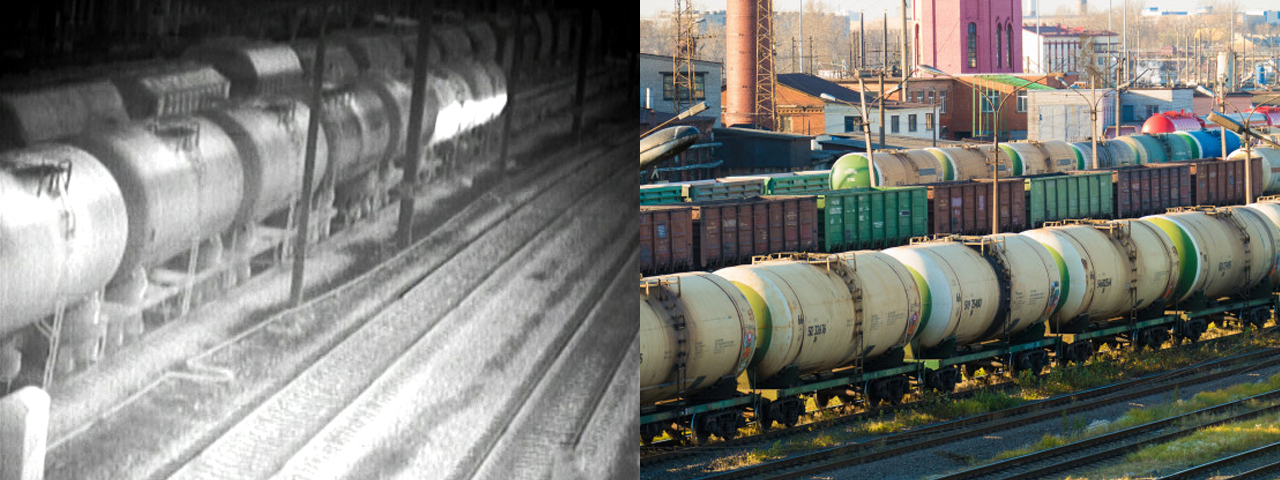
Building Inspection
In construction and energy audits thermal imagers have become widely used due to their ability to see the smallest temperature differences. The temperature inside the building must always remain in the frames of a set comfortable range and to achieve this there should be no heat leakages and no “cold bridges”. To find such an area in the building, thermal imaging cameras are used.
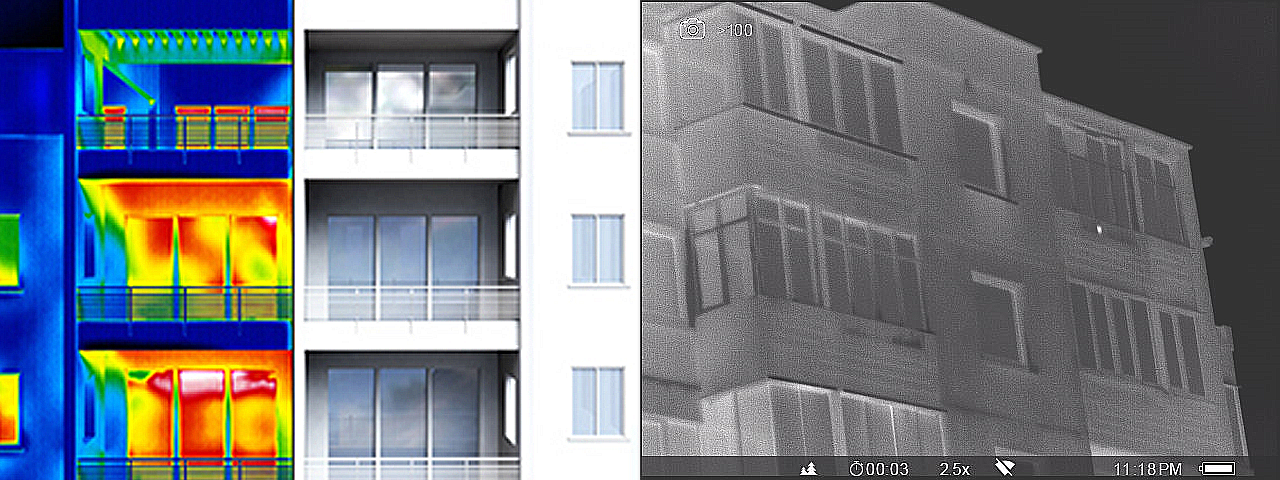
Medical
With some diseases, due to the inflammatory process, certain body organs will rise in temperature. A very sensitive thermal imaging camera can be used to detect the problem as a primary means of examination, however thermal imaging data should be proven by other standard means to make a correct diagnosis.
Thermal imagers are often used during epidemics for detecting potentially infected individuals. In public places stationary and portable thermal imaging cameras with an EBT control function help to detect an individual with fever in the crowd and place them in quarantine.

Hunting & Widlife Conservation
Thermal imager usage has spread widely in the hunting world. Thermal units make finding and identifying animals in the night or day a considerably easier task. It should be mentioned that legislation in the field is different in all countries and thus there are various limitations and orders governing the application of thermal imaging units used for hunting. In the countries where hunters are allowed to use thermal imaging riflescopes and spotters for hunting, it has become an essential part of hunter’s equipment. Thermal imaging cameras help to effectively identify the sex of the animal and aid the decision to take a shot.
Pest and population control has become especially relevant in the light of the recent spread of wild animal diseases (e.g. African Swine Plague). Some diseases are dangerous to domestic animals and may require the extermination of all livestock. To avoid that, the numbers of animals able to carry the virus have to be reduced in some regions – this is known as population control. Pests on the other hand are regarded as species that inflict significant damage to crops and are not considered as rare or endangered but similarly their numbers need to be controlled.
Before thermal imagers were available the number of animals in a region were evaluated using non-exact methods. The arrival of thermal imaging cameras with photo and video functionality have made recording and later exact counting of actual numbers possible, which makes evaluation and reporting more accurate.
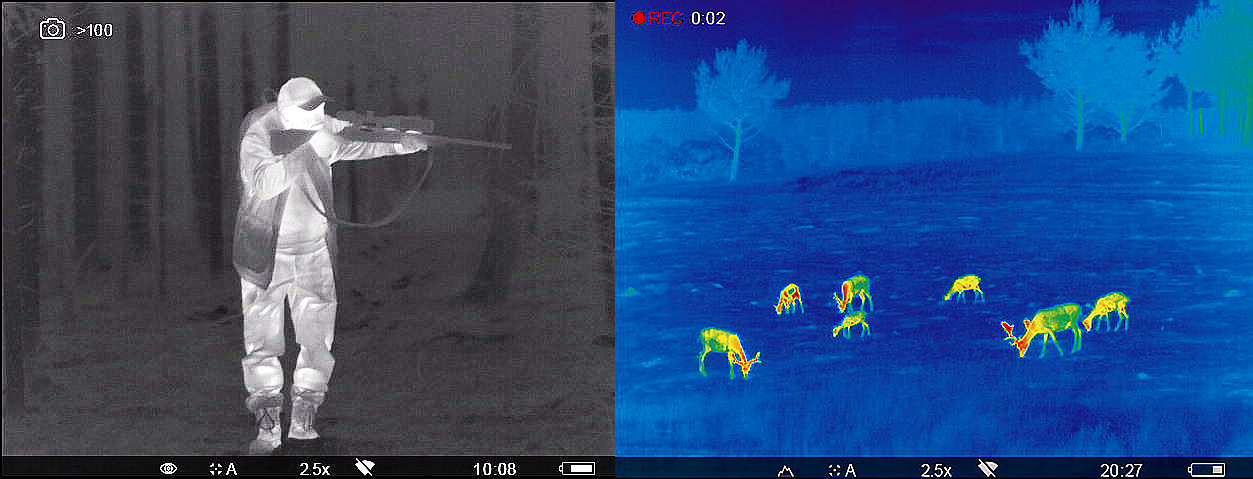
Transport Safety
Thermal imaging technology may be used in transport as one of the passive safety systems indicating dangers in poor or bad visibility conditions (e.g. fog, rain, snow). The camera is mounted on the outside of the vehicle and shows the road situation to the driver indicating dangerous objects when they are in the field of view.
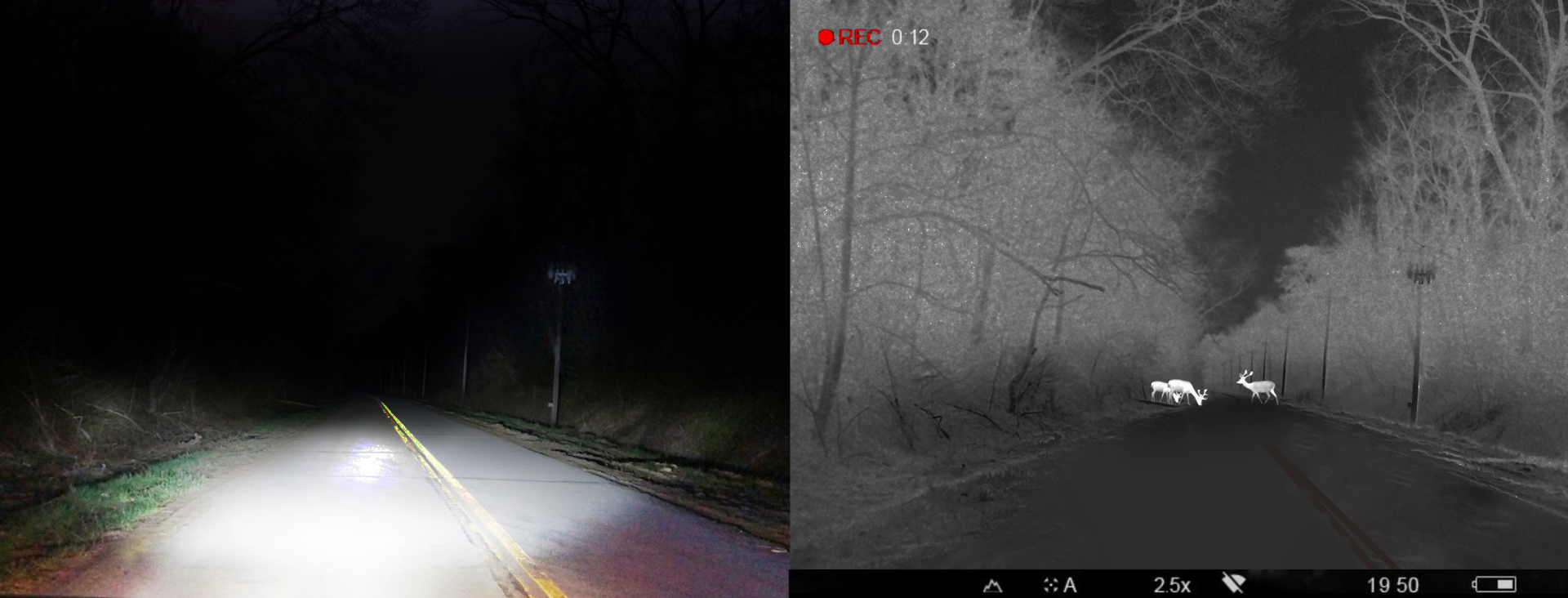
 Thermion 2 LRF XL50
Thermal Imaging Riflescope
Thermion 2 LRF XL50
Thermal Imaging Riflescope
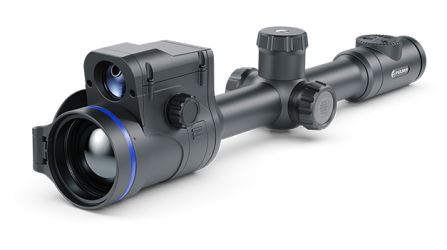 Thermion 2 LRF
Thermal Imaging Riflescopes
Thermion 2 LRF
Thermal Imaging Riflescopes
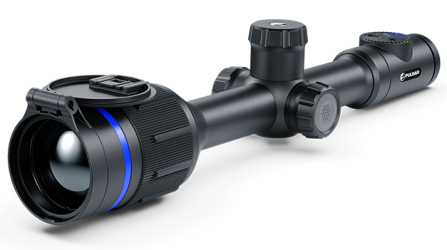 Thermion 2
Thermal Imaging Riflescopes
Thermion 2
Thermal Imaging Riflescopes
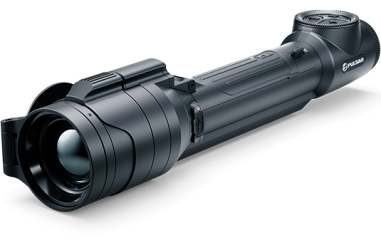 Talion
Thermal Imaging Riflescopes
New
Talion
Thermal Imaging Riflescopes
New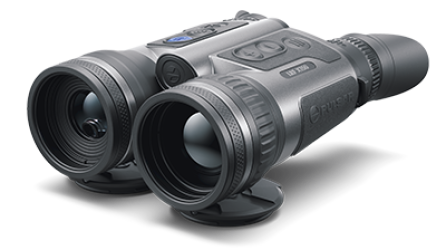 Merger LRF XT50
Thermal Imaging Binoculars
Merger LRF XT50
Thermal Imaging Binoculars
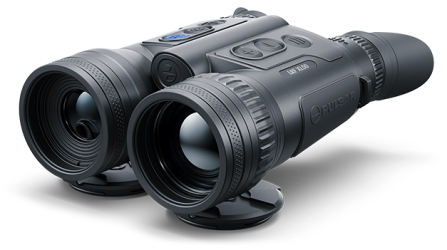 Merger LRF XL50
Thermal Imaging Binoculars
Merger LRF XL50
Thermal Imaging Binoculars
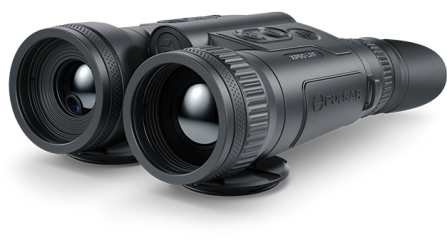 Merger LRF XP50
Thermal Imaging Binoculars
New
Merger LRF XP50
Thermal Imaging Binoculars
New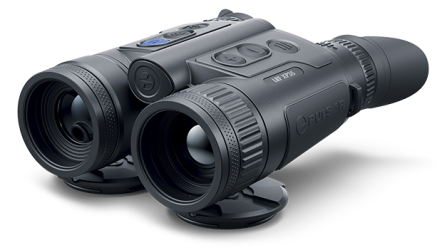 Merger LRF XP35
Thermal Imaging Binoculars
Merger LRF XP35
Thermal Imaging Binoculars
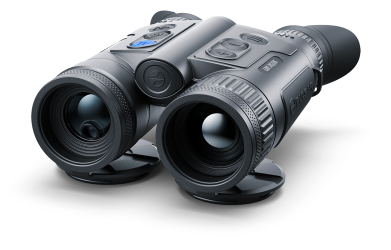 Merger LRF XQ35
Thermal Imaging Binoculars
New
Merger LRF XQ35
Thermal Imaging Binoculars
New Telos
Thermal Imaging Monoculars
New
Telos
Thermal Imaging Monoculars
New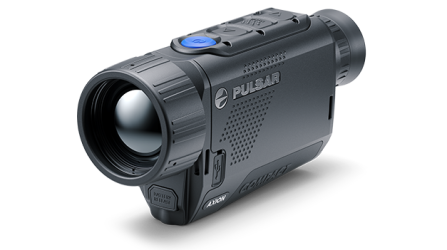 Axion Compact
Thermal Imaging Monoculars
Axion Compact
Thermal Imaging Monoculars
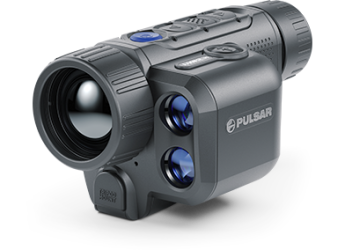 Axion 2 LRF
Thermal Imaging Monoculars
Axion 2 LRF
Thermal Imaging Monoculars
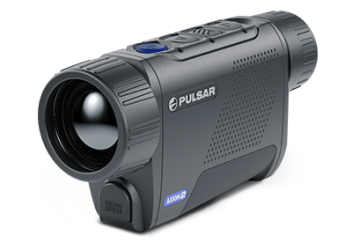 Axion 2
Thermal Imaging Monoculars
New
Axion 2
Thermal Imaging Monoculars
New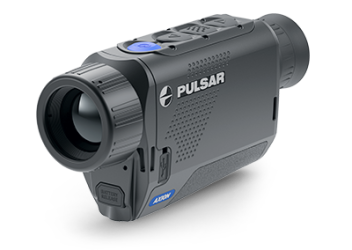 Axion XQ30 PRO
Thermal Imaging Monoculars
Axion XQ30 PRO
Thermal Imaging Monoculars
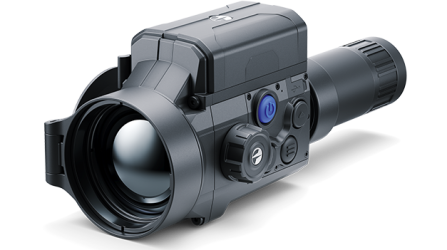 Krypton 2
Thermal Imaging Monocular
Krypton 2
Thermal Imaging Monocular
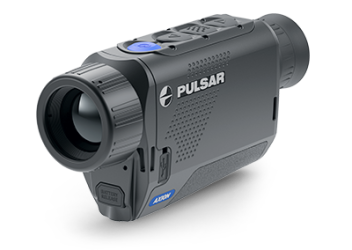 Axion XM30F
Thermal Imaging Monoculars
Axion XM30F
Thermal Imaging Monoculars
 APS Batteries
Battery Packs
APS Batteries
Battery Packs
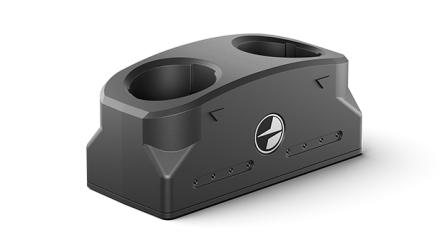 APS Chargers
Battery Chargers
APS Chargers
Battery Chargers
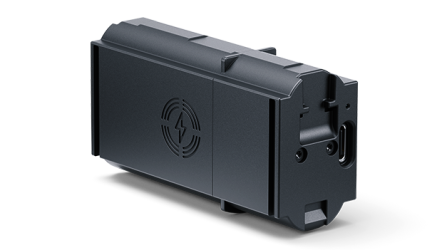 LPS 7i Battery Pack
Battery Packs
LPS 7i Battery Pack
Battery Packs
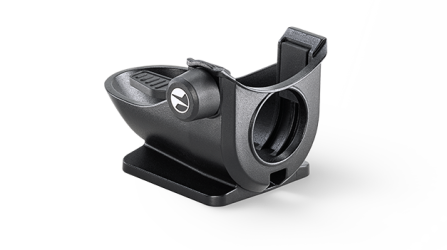 Telos LRF Tripod Adapter
Pulsar Accessories
Telos LRF Tripod Adapter
Pulsar Accessories
 IPS Batteries
Battery Packs
IPS Batteries
Battery Packs
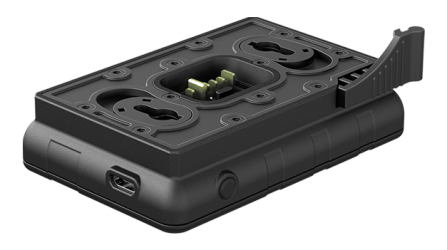 IPS Battery Charger
Battery Charger
New
IPS Battery Charger
Battery Charger
New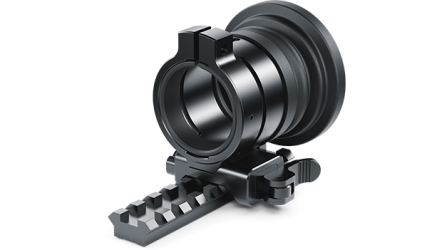 PSP-V Weaver Rail Adapter
Adapter
New
PSP-V Weaver Rail Adapter
Adapter
New PSP-B Ring Adapters
Ring Adapters
PSP-B Ring Adapters
Ring Adapters
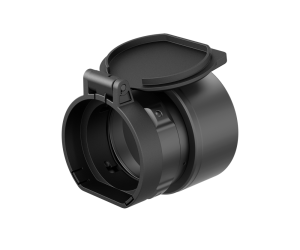 FN Adapters
Cover Ring Adapters
FN Adapters
Cover Ring Adapters
 Remote Controls
for digital devices and thermal imagers
Remote Controls
for digital devices and thermal imagers
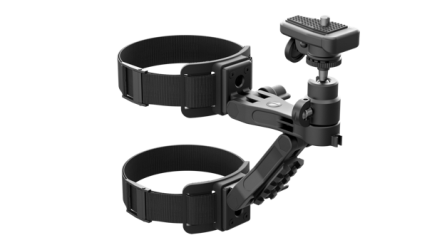 Tree mount
Pulsar Accessories
Tree mount
Pulsar Accessories
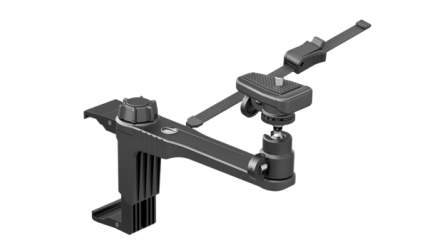 Window Frame Mount
Pulsar Accessories
Window Frame Mount
Pulsar Accessories
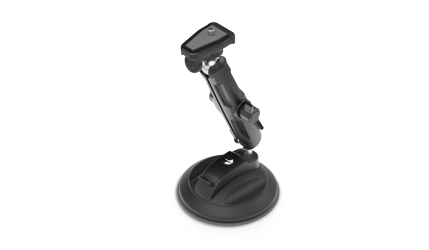 Flat Glass Mount
Pulsar Accessories
Flat Glass Mount
Pulsar Accessories
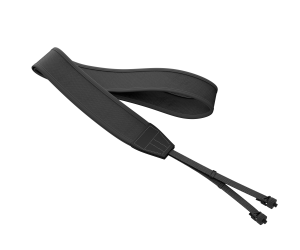 Neck Straps
Accessories
New
Neck Straps
Accessories
New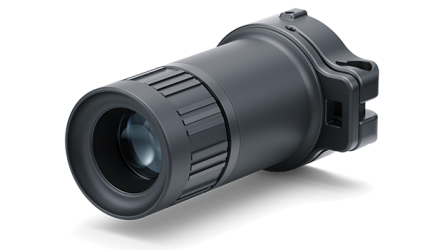 Monocular Pulsar 3x20 B
Accessories
Monocular Pulsar 3x20 B
Accessories
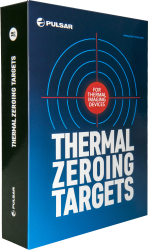 Thermal Zeroing Targets
Accessories
Thermal Zeroing Targets
Accessories







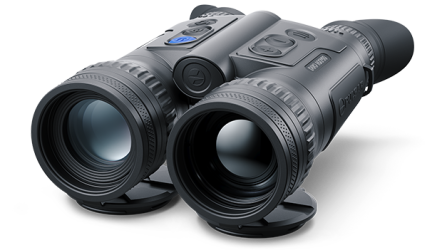
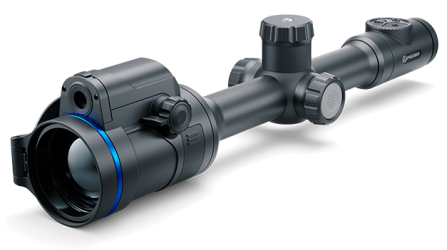
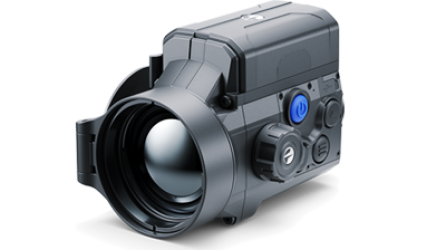
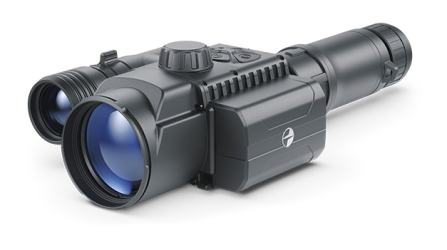



 English
English German
German French
French Spanish
Spanish Italiano
Italiano English
English Lietuvių
Lietuvių






